There are any number of reasons why you, as a business owner, might want to mark the parking bays on your premises. Perhaps you want to show that certain spaces are reserved specifically for your employees, or maybe your car park is open to the public and you need to designate disabled spaces or parent/child parking bays. Or maybe you just need to mark out some lines in order to create clearly-defined parking bays in the first place!
Whatever the reason, our thermoplastic road markers are ideal for marking parking spaces. Available in 6 different colours (white, yellow, black, red, blue, green) and a variety of different widths and symbols, our thermoplastic products can be used to form a long-lasting, slip-resistant marking on concrete and tarmac, making them perfect for car parks and roadsways.
How to use our thermoplastic parking space markers
- Use a broom to clear the space of any dust / debris.
- Apply some primer to the area you wish to mark (also available as an aerosol spray).
- Place your thermoplastic marker down on the area you wish to mark. Ensure that it is in the correct position.
- Apply heat to the marker using a propane gas torch or heat gun.
Once applied, you can resume using the marked area immediately - good news for the people who are waiting to park their cars in the newly-marked bays!
Our thermoplastic parking space markers are retro-reflective and colour-guaranteed. Click here to browse our full range.
Today we are continuing with the road safety theme (it is Road Safety Week, after all!) and asking you how well you know your road signs.
Be honest now, after passing your driving test, how many of you can remember what all the road signs actually mean? Well, according to a survey commissioned by Zuto, a car finance expert, a staggering 90 per cent of drivers in the UK admitted that they find road signs confusing. Some of the results of this survey are truly shocking:
- One third of the participants did not recognise the national speed limit
- Half of the participants believe that there are too many signs on the road
- One in 20 admitted that they have made mistakes driving due to confusing road signs
- Over 4 million drivers didn’t understand the “level crossing without a barrier” sign
- One in four drivers didn’t understand the “car and motorcycles prohibited” sign, with 13 per cent believing that it meant the exact opposite.
Here at Label Source, we take health and safety very seriously, and not knowing your road signs can lead to accidents and hazardous driving. As it is Road Safety Week, we thought it would be fun to test your knowledge of some UK road signs. See if you can correctly identify these road signs:
1. What does this sign mean?
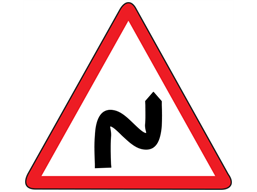
a) Slippery road
b) Double bend first to the right
c) No right turn
d) Junction on bend ahead
2. What does this sign mean?
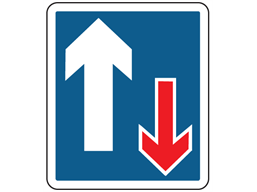
a) Traffic has priority over oncoming vehicles
b) Oncoming vehicles has priority
c) Way out
d) Ahead Only
3. What does this sign mean?
a)
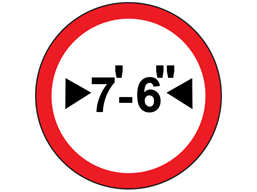
a) Maximum height
b) Maximum length
c) Maximum width
d) Height width allowed sign
4. What does this sign mean?
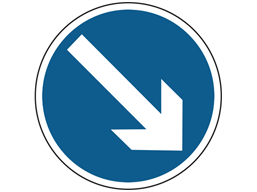
a) Keep left
b) Keep right
c) Turn right
d) Right turn ahead
5. What does this sign mean?
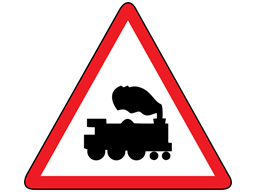
a) Train station ahead
b) Steam Train museum ahead
c) Level crossing
d) Level crossing without barrier ahead
Answers
1. B
2. A
3. C
4. B
5. D
Label Source would like to remind you that the use of the correct road signs is crucial for safety of the road user and pedestrians. To view our full range of road signs, please click here.